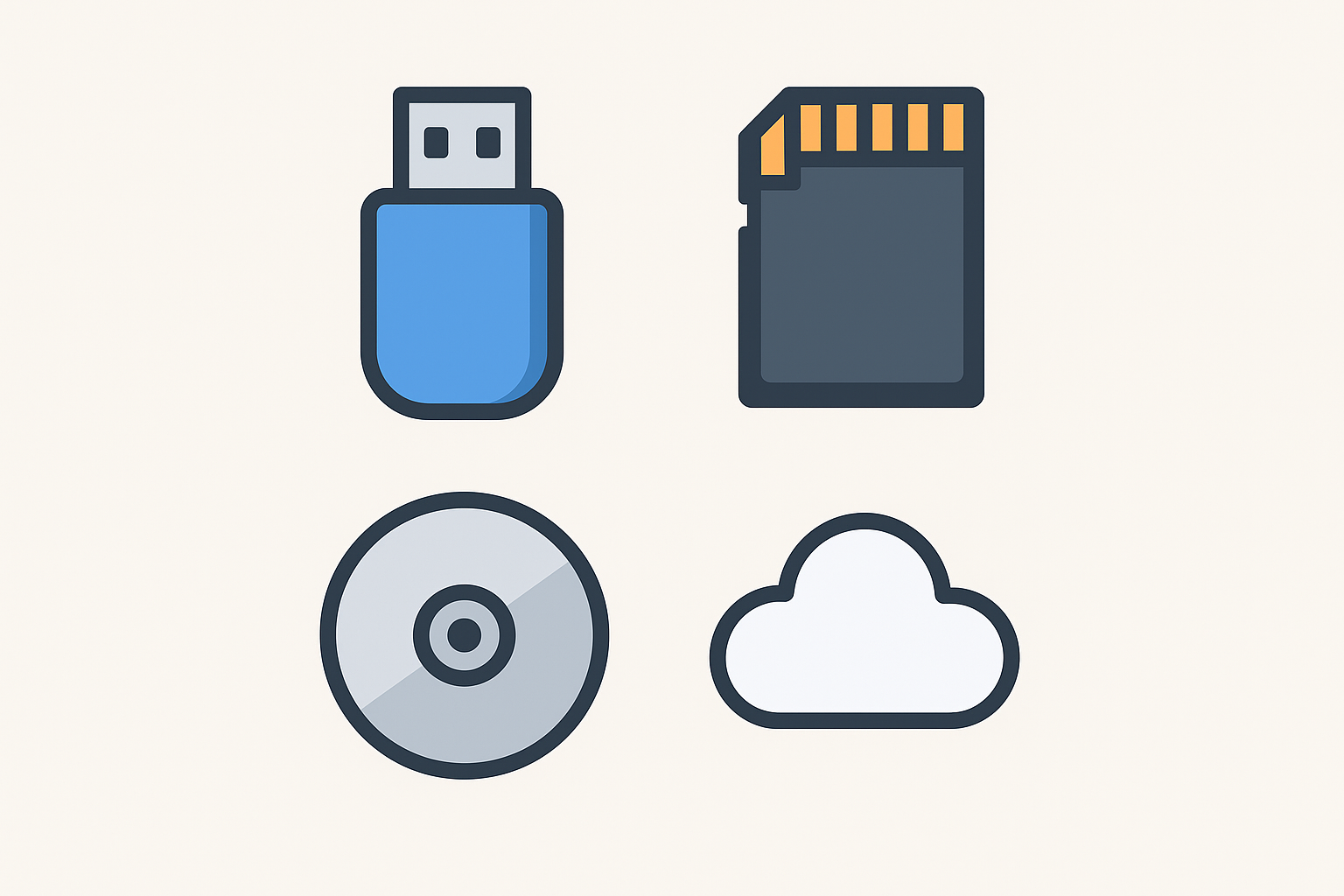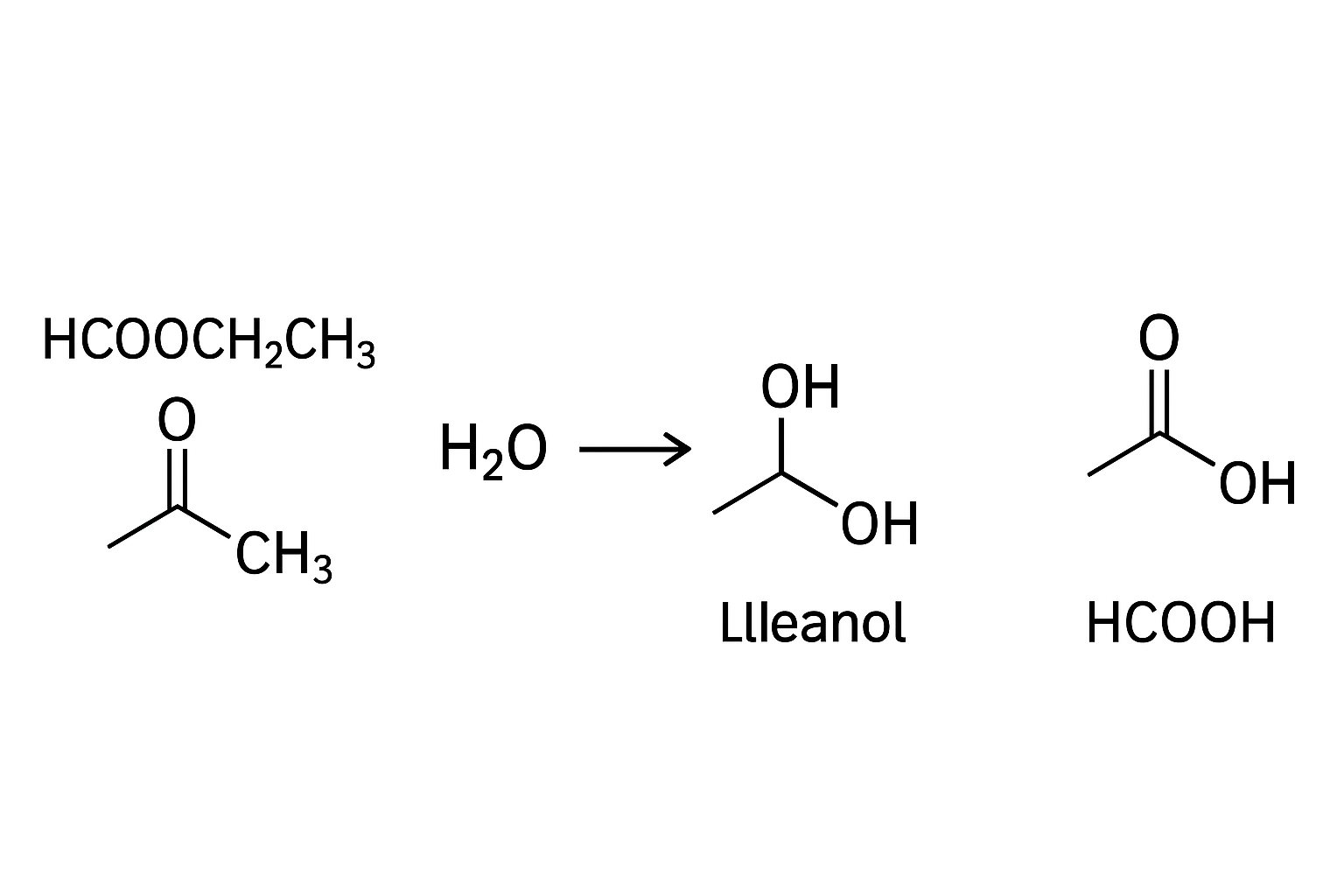In our increasingly digital world, the term “software engineer” is ubiquitous. We know they are in high demand, command impressive salaries, and are the architects of the apps, websites, and systems we use every day. But when you peel back the curtain, what does a software engineer do on a daily basis? Is it just a glamorous term for a programmer who writes code all day long?
The reality is far more complex, collaborative, and creative. This complete guide will demystify the role, moving beyond the stereotype of the solitary coder to explore the multifaceted life of a software engineer. We will delve into their core responsibilities, the different types of specializations, the essential skills required, and the typical career trajectory. By the end, you will have a clear, comprehensive answer to the question, “what does a software engineer do?”
Beyond the Code: Defining the Role
At its simplest, a software engineer is a professional who applies the principles of computer science and engineering to design, develop, test, maintain, and evaluate software and systems that enable computers and other devices to perform their tasks. But this textbook definition only scratches the surface.
Think of it this way: if a construction architect simply drew a single brick wall without a plan for the entire building, the result would be chaos. Similarly, a software engineer is not just a bricklayer of code; they are the architect of the entire digital structure. They must consider the foundation (scalability), the plumbing (data flow), the electrical systems (APIs), the user experience (usability), and the long-term integrity (maintenance and security) of the software they build.
So, to truly understand what does a software engineer do, we must look at the entire software development life cycle (SDLC), where their responsibilities are woven into every stage.
The Software Development Life Cycle: A Day in the Life
The work of a software engineer is cyclical, not linear. It revolves around the SDLC, which provides a framework for building robust, high-quality software. Here’s how an engineer contributes at each phase.
1. Requirement Gathering and Analysis
Contrary to popular belief, a software engineer’s work often begins before a single line of code is written. In this initial phase, they collaborate with product managers, business analysts, and stakeholders to understand the “what” and “why” behind a new feature or product.
-
What they do: They ask clarifying questions. “What problem are we solving for the user?” “What are the performance expectations?” “How will we measure success?” They analyze the feasibility of the proposed ideas from a technical perspective, identifying potential pitfalls or complexities early on. Their goal is to translate vague business needs into concrete, actionable technical requirements.
2. Design and Planning
This is the blueprint phase. Once the requirements are clear, software engineers design the system’s architecture. This is a critical step that dictates the software’s scalability, reliability, and performance.
-
What they do: They create technical design documents (TDDs) that outline the system’s components, how they will interact, database schemas, APIs, and technology choices. They make crucial decisions: Should we use a microservices architecture or a monolith? Which programming language and framework are best suited for this task? They also break down the project into smaller, manageable tasks and estimate the effort required, often in collaboration with their team.
3. Implementation (The Coding)
This is the phase most commonly associated with the job—writing the actual code. However, it’s rarely done in isolation.
-
What they do: Using programming languages like Python, Java, JavaScript, C++, or Go, engineers write the code that brings the design to life. But modern coding is a collaborative effort. It involves:
-
Writing Clean Code: Code that is not only functional but also readable, maintainable, and efficient.
-
Code Reviews: Before code is integrated, other engineers on the team review it. This promotes knowledge sharing, catches bugs early, and ensures consistency across the codebase.
-
Version Control: Using systems like Git, engineers manage changes to the code, allowing multiple people to work on the same project without conflict and tracking the history of every modification.
-
4. Testing and Quality Assurance (QA)
A software engineer is responsible for the quality and stability of their code. While many companies have dedicated QA teams, the principle of “you build it, you own it” is becoming standard.
-
What they do: Engineers write and run automated tests. These can be:
-
Unit Tests: Testing individual functions or components in isolation.
-
Integration Tests: Ensuring different parts of the system work together correctly.
-
End-to-End (E2E) Tests: Simulating real user scenarios from start to finish.
Writing tests is a proactive way to prevent bugs and ensure that new changes don’t break existing functionality (this is called “regression testing”).
-
5. Deployment and Operations
Getting the code from a developer’s machine to a live production environment where users can access it is known as deployment. Today, this is often automated through DevOps practices.
-
What they do: Engineers use Continuous Integration and Continuous Deployment (CI/CD) pipelines to automate the testing and deployment process. They monitor the health of the application post-deployment using logging and monitoring tools (like Datadog or New Relic) to quickly identify and resolve any performance issues or outages. This blend of development and operational oversight is a key part of the modern answer to what does a software engineer do.
6. Maintenance and Iteration
A software product is never truly “finished.” It requires ongoing care and feeding.
-
What they do: Engineers fix bugs that are discovered after launch, apply security patches to protect against new vulnerabilities, and work on new features for subsequent versions. They also spend time “refactoring” code—improving its internal structure without changing its external behavior—to keep it healthy and adaptable for the future.
Specializations: The Many Faces of Software Engineering
The field is vast, and most engineers specialize. When someone asks, “what does a software engineer do?”, the answer can vary dramatically based on their focus area.
-
Front-End Engineer: Focuses on everything the user sees and interacts with directly in their web browser or mobile app. They are experts in HTML, CSS, and JavaScript and are concerned with usability, performance, and aesthetics.
-
Back-End Engineer: Works on the server-side logic, databases, and APIs that power the application behind the scenes. They ensure data is processed, stored, and served correctly. They work with languages like Java, Python, Ruby, and SQL.
-
Full-Stack Engineer: A hybrid who is comfortable working on both the front-end and back-end parts of an application. They have a broad understanding of the entire technical stack.
-
DevOps Engineer: Specializes in the tools and processes that streamline software deployment, infrastructure management, and operational monitoring. They are experts in cloud platforms (AWS, Azure, GCP), CI/CD, and containerization (Docker, Kubernetes).
-
Mobile Engineer: Specializes in building applications for iOS (using Swift) or Android (using Kotlin/Java).
-
Data Engineer: Builds the infrastructure and pipelines for collecting, storing, and processing massive datasets, making it available for data scientists and analysts.
-
Security Engineer (SecOps): Focuses on identifying and mitigating vulnerabilities in software and systems. They “think like a hacker” to proactively secure applications.
-
Embedded Systems Engineer: Works on software that controls physical hardware devices, like those in cars, medical devices, or industrial machines.
The Essential Toolkit: More Than Just Technical Skills
While technical prowess is fundamental, the “soft skills” are what separate a good engineer from a great one. To fully comprehend what does a software engineer do, you must appreciate the human element of the job.
Technical Skills (The “Hard Skills”):
-
Programming Languages: Proficiency in one or more languages.
-
Data Structures & Algorithms: The foundational concepts for solving problems efficiently.
-
Version Control (Git): Non-negotiable for collaboration.
-
Databases: Understanding of both SQL (relational) and NoSQL databases.
-
Cloud Platforms: Experience with AWS, Azure, or Google Cloud is increasingly essential.
-
Testing and Debugging: A methodical approach to finding and fixing issues.
Human Skills (The “Soft Skills”):
-
Problem-Solving: The core of the job is breaking down complex, ambiguous problems into solvable chunks.
-
Communication: The ability to explain technical concepts to non-technical colleagues (like product managers or executives) is crucial. Clear documentation and code comments are also a form of communication.
-
Teamwork & Collaboration: Software is built by teams, not individuals. Being able to work effectively in a group, give and receive constructive feedback, and pair-program is vital.
-
Adaptability: The technology landscape changes at a blistering pace. A willingness to continuously learn new languages, frameworks, and tools is a career-long requirement.
-
Emppathy: Empathy for the end-user leads to better, more intuitive products. Empathy for teammates fosters a positive and productive work environment.
A Typical Career Path
The journey of a software engineer is one of continuous growth and increasing responsibility.
-
Junior Software Engineer: Focused on learning the codebase, writing smaller features, and fixing bugs under the guidance of senior team members.
-
Software Engineer: A fully contributing member of the team, capable of tackling complex tasks independently and starting to mentor juniors.
-
Senior Software Engineer: Takes on architectural design, leads large projects, makes key technology decisions, and is a go-to person for the most challenging technical problems. They are strong mentors and influencers.
-
Staff/Principal Engineer: An expert who sets technical strategy for a whole department or the entire organization. They work on cross-team initiatives and solve the company’s most complex and ambiguous challenges.
-
Engineering Manager: Shifts focus from hands-on coding to people management, project planning, and team processes. Some engineers choose to remain on an “individual contributor” track (becoming a Principal Engineer) rather than moving into management.
Conclusion: Architects of the Digital Age
So, what does a software engineer do? They are problem-solvers, architects, and craftspeople. They are lifelong learners and collaborators. Their work is a blend of deep technical analysis and creative design, of solitary focus and intense teamwork. They do not just write code; they understand a human need, design an elegant solution, build it with precision, and ensure its longevity in the world.
The next time you seamlessly stream a movie, securely pay a bill online, or use a navigation app to find the fastest route, remember the intricate work of software engineers. They are the silent architects of the modern world, translating human intent into the digital reality we all depend on. The answer to “what does a software engineer do?” is, ultimately, they build the future, one line of code at a time.
















